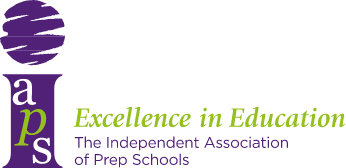Step back, evaluate and delve into a book!

School leaders often move from teaching, where they excelled, to leadership. When in this role, one continues to develop leadership skills, through daily experiences and challenges. Although this practical experience is invaluable in moulding a successful leader, it is equally beneficial to step back, evaluate and delve into the studies around leadership. When I embarked on the 360 Degree Leadership course, it really enabled me to explore a wide array of resources.
The Happiness Advantage is an insightful book, one that you feel you should have read years ago! The predominant belief being that a positive outlook is an excellent starting point for career progression. Leaders are encouraged to capitalise on the Happiness Advantage, ensuring that they look after their personal wellbeing to enable them to lead successfully. Achor advocates meditating, having something to look forward to and committing conscious acts of kindness. He also promotes infusing positivity into our surroundings, exercising, spending money on experiences and exercising a signature strength. The Happiness Advantage advocates that ‘by changing the way you work, and the way you lead the people around you, you can enhance the success of your team and the whole organisation’.

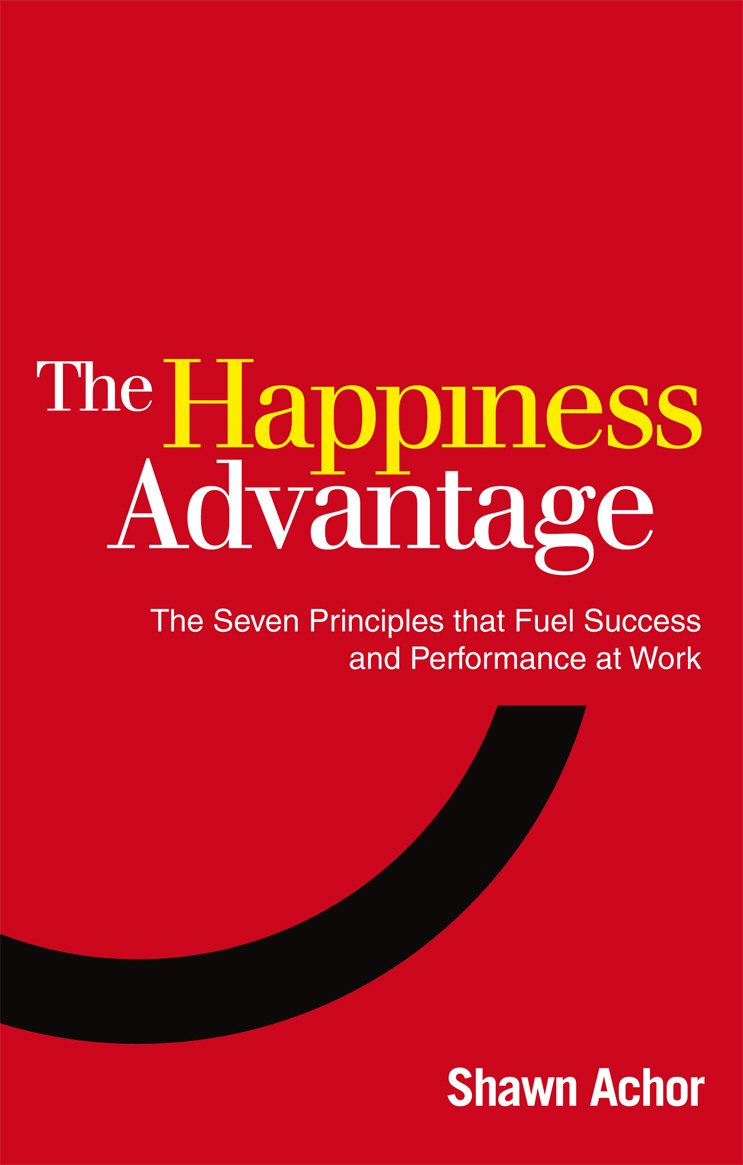
As leaders it is almost innate in us to continually evaluate and find areas to improve. An important principle in the book is that if we look for the positive within our staff and school, we will find it. He relates this to Selective Perception, similarly when I was considering purchasing an Audi, these are the only cars that I noticed! Achor states that noticing positive things, the Positive Tetris Effect will lead to ‘happiness, gratitude and optimism’. He promotes the idea that one way to create a positive environment is through ‘recognition that is specific and deliberately delivered’ which leads me on to another good read, Thanks for the Feedback.
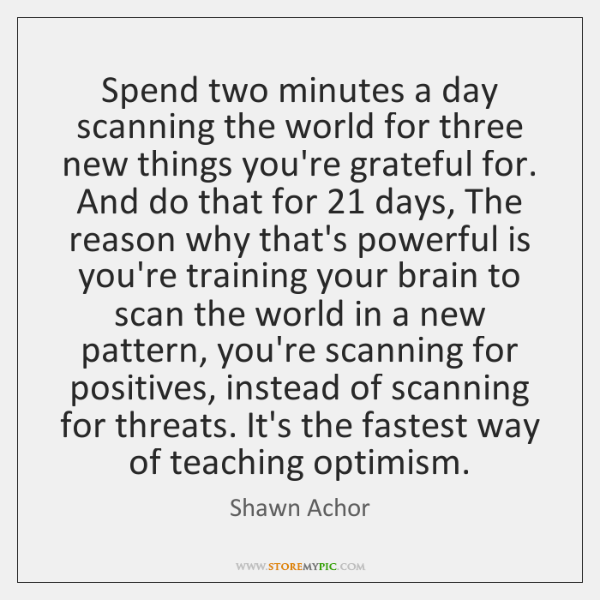
We also looked at the effectiveness of SAID when giving feedback. Similarly in The One Minute Manager, one minute praisings are promoted ‘Catch Them Doing Something Right’.
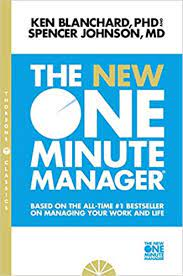
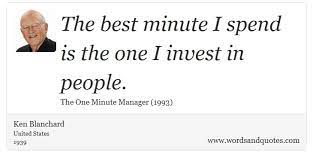
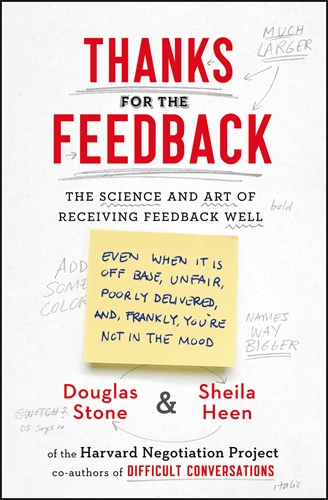
The 360 Degree Leadership Course stressed the importance of body language. Mehrabrian emphasises that 55% is nonverbal, 38% vocal and only 7% words. We are all familiar with using body language to convey confidence as advocated by Amy Cuddy. The course was beneficial in that it gave me time to reflect. When I thought about the body language we adopt to convey confidence, it then made me think about when it may be beneficial to adopt a weaker stance and what this may look like. I feel that our body language can also help to decrease anxiety and reassure others. This is achieved through adopting a relaxed body stance and reduced stature. I have found that this works when reassuring an anxious parent, who finally has the courage to express their concerns about their child, or when a parent arrives at your office needing reassurance.
As leaders, communication with staff is paramount and it is beneficial to consider Adapt’s Four Preferences: Driving, Energising, Collaborating and Analysing. If relaying information to staff with a Driving Preference, they need factual information and are likely to move plans forward. An Energising Preference, will help create social groups to lead a plan and when one is promoting an idea, it is good to use language that appeals to their passionate dispositions. Collaborating Preferences are important, as they bring value to the table, through their skill set. When a detailed analysis of inspection policies is required, deploying an Analysing Preference will always be the best option. My new awareness of the different preferences is helpful and I have learnt to never approach a Driving Preference with scanty details!
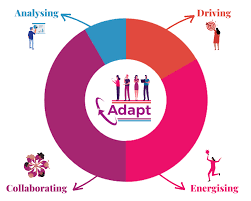
When we consider all Four Preferences meeting around the table, this helps to create a strong team, it may also lead to conflicting opinions. The 360 Degree Leadership course also offered guidance around conflict management, based on the work of Paul Lederach (2000) and an analysis of The Betari Box. The Thomas-Kilmann Conflict Mode Assessment is a good analysis of how we personally respond to conflict.

As leaders we constantly evaluate issues and the course outlined some processes. One approach to unravelling core issues is adopting The 5 Whys, devised by Sakichi Toyoda, the Japanese industrialist who founded Toyota Industries. The main thinking behind this is that rather than senior leaders finding a solution, delve into 5 WHYs. This is most effective when the answers come from people who have hands-on experience of the problem, a teacher based in the classroom may provide greater insights! The method is remarkably simple, when an issue occurs, one should drill down to the root cause with Five Why Questions? I think that this enables one to get to the core of an issue and also encourages non leadership staff to help find the solution, as they are more often aware of the finer details. It also ensures that staff feel valued as they have been part of the process and solution.
Why? Why? Why? Why? Why?
There was a session on analysing personal performance using a Strengths Map. It is interesting to look at what we consider our Natural Strength, Potential Strength, Fragile Strength and Resistant Limitations. I feel that my confidence with public speaking is down to Potential Strength, rather than an innate Natural Strength!
There are some quick tips from the course that are easy to adopt. The importance of blocking out time in our diary for specifics such as planning. We were reminded that when we are interrupted it takes approximately 23 minutes to get back on task! There was a session on really listening to staff and if busy, make staff aware that you want to give them 100% attention and allocate a designated meeting time.
Team building is an important aspect of leadership, and there is an abundance of books around this theme. I am so glad that the course also covered Growth Mindset, as I have not managed to read all the books YET!
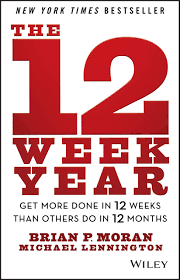
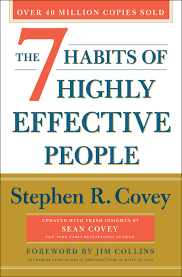

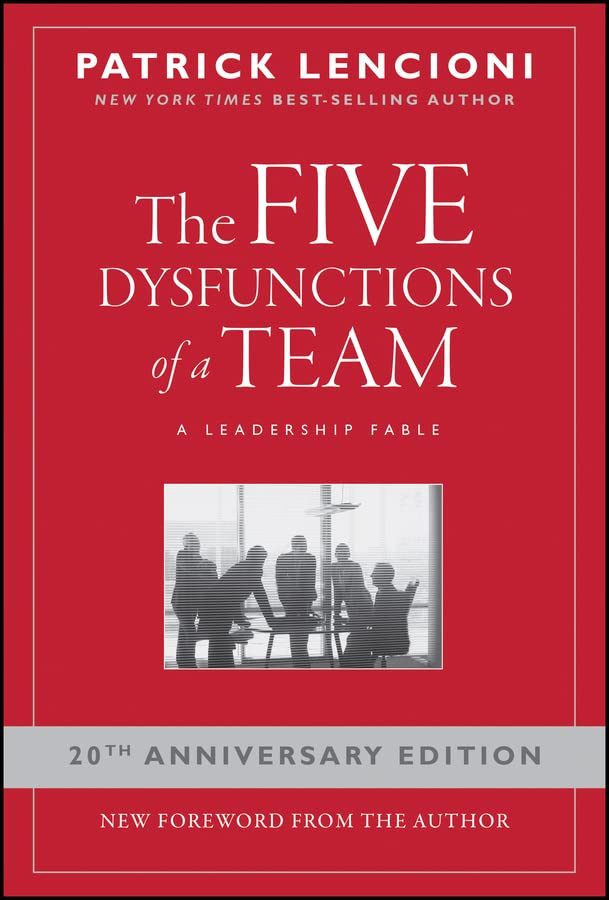
It was stressed that it is always a good example for leaders to visibly sit down and take a break in the staffroom, still working on this one! Another beneficial aspect of the course is that through our own personal, professional development, we can model to our staff the importance of their career progression. It was also helpful as I now have at hand a list of resources, to guide ambitious staff to resources and authors, that will aid their personal journey to leadership!

Maria McAloon, Head of Pre-Prep and EYFS, Chandlings Prep School



